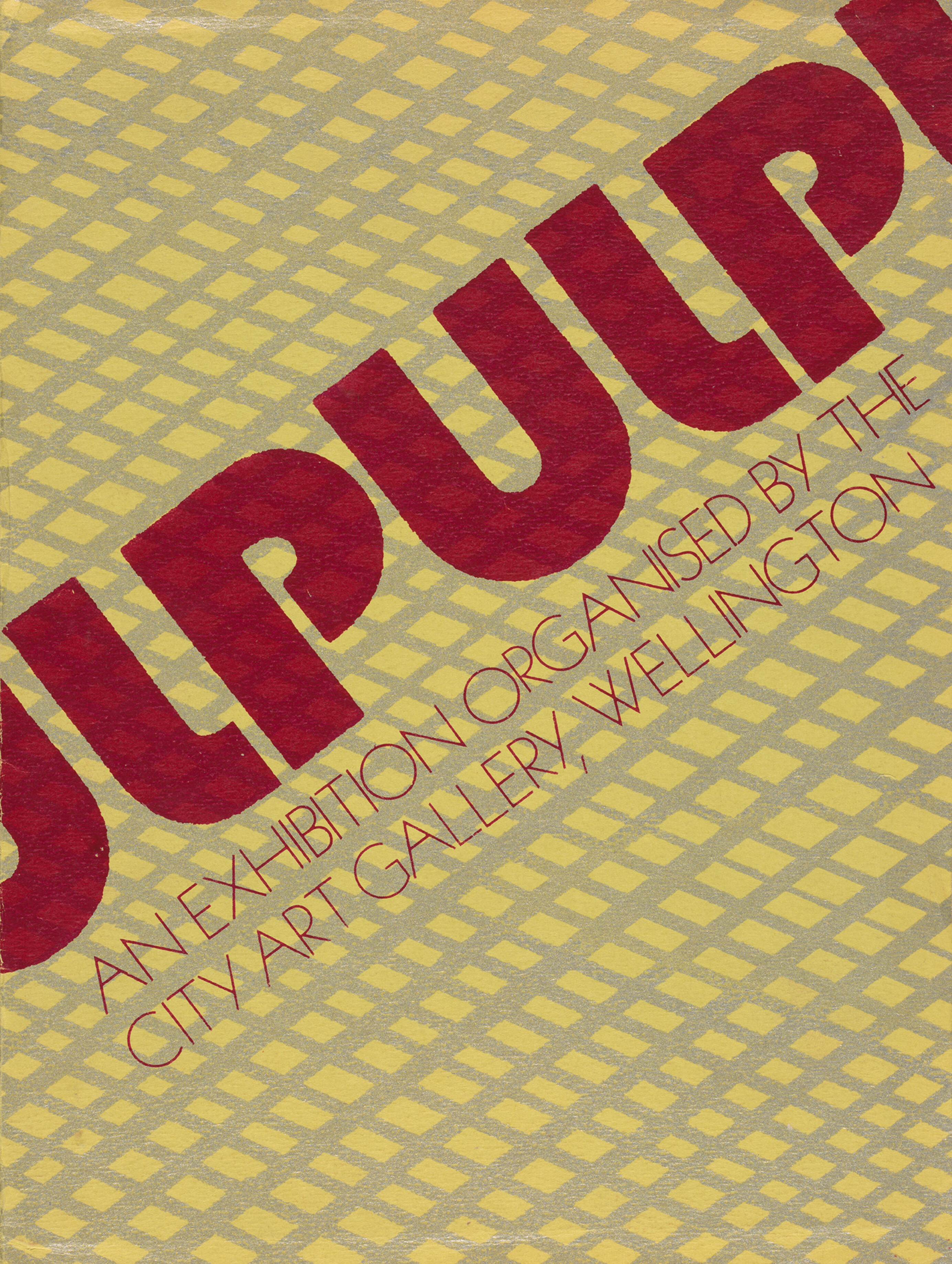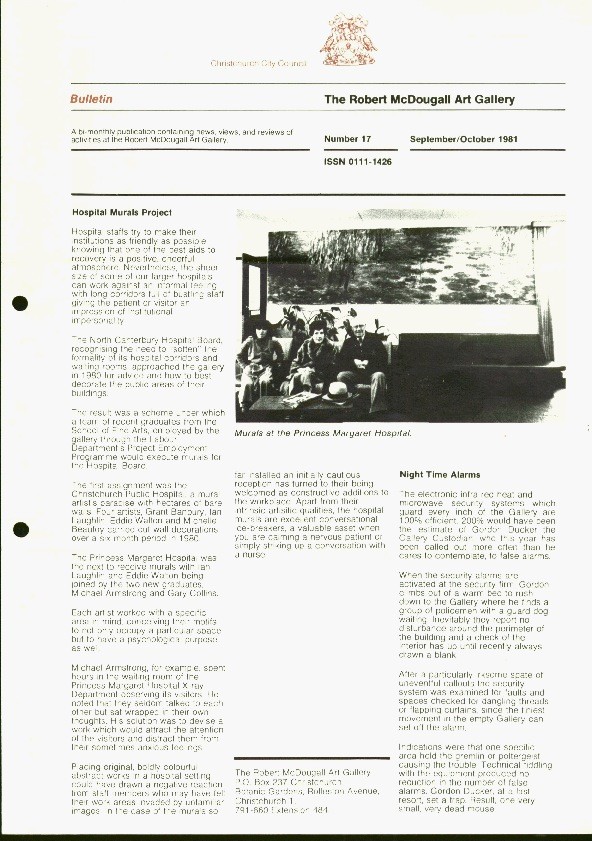This exhibition is now closed
Pulp: Work in Handmade Paper
26 September –
15 November 1981

Paper has been defined as "a substance made in the form of thin sheets or leaves from rags, straw, bark, wood or other fibrous material. . . ." Over the centuries since this craft was firs recorded in China in the year 105AD, the methods and materials used in making paper have remained basically the same.
Moreover, the emphasis has remained largely on the refining of the paper surface for writing and printing as a medium of communication.
Recently, however, there has been a break away from viewing paper in the purely two-dimensional sense as artists around the world have become aware of the wide-ranging possibilities involved in work 'in' rather than 'on' paper. More and more artists have begun to experiment with handmade paper, seeing it not only as a medium for the graphic arts, but also as a structural object which can be moulded and casted, tinted and dyed, painted with in acrylic, oils or watercolours, or even stitched with silk thread, in the process of its becoming an art form in its own right. In addition, the wide variety of materials that can be used for making paper, from recycled envelopes to artichokes and banana leaves, are a further and rich source of inspiration.
This exhibition organised by the Wellington City Art Gallery brings together examples of high imaginative work by New Zealand and overseas artists. The New Zealanders, Kay Billings, Christ and Annette Booth, Kate Coolahan and Gordon Crook exhibit a variety of collage and free standing paper works as well as examples of sculpture incorporating native flax paper and a range of paper samples made from different local raw materials.
The British, American and Japanese artists exhibit a wide variety of works from large collage works incorporating leaves, linen, wire and dyed natural fibre pulps to cast paper reliefs and examples of fine papers illustrating various textural and printing effects as well as a length of unprinted tapa cloth from Polynesia.
('Pulp: Work in Handmade Paper', Bulletin, No.17, September/October 1981, p.2)
Location:
Robert McDougall Art Gallery - main gallery
Exhibition number: 267
